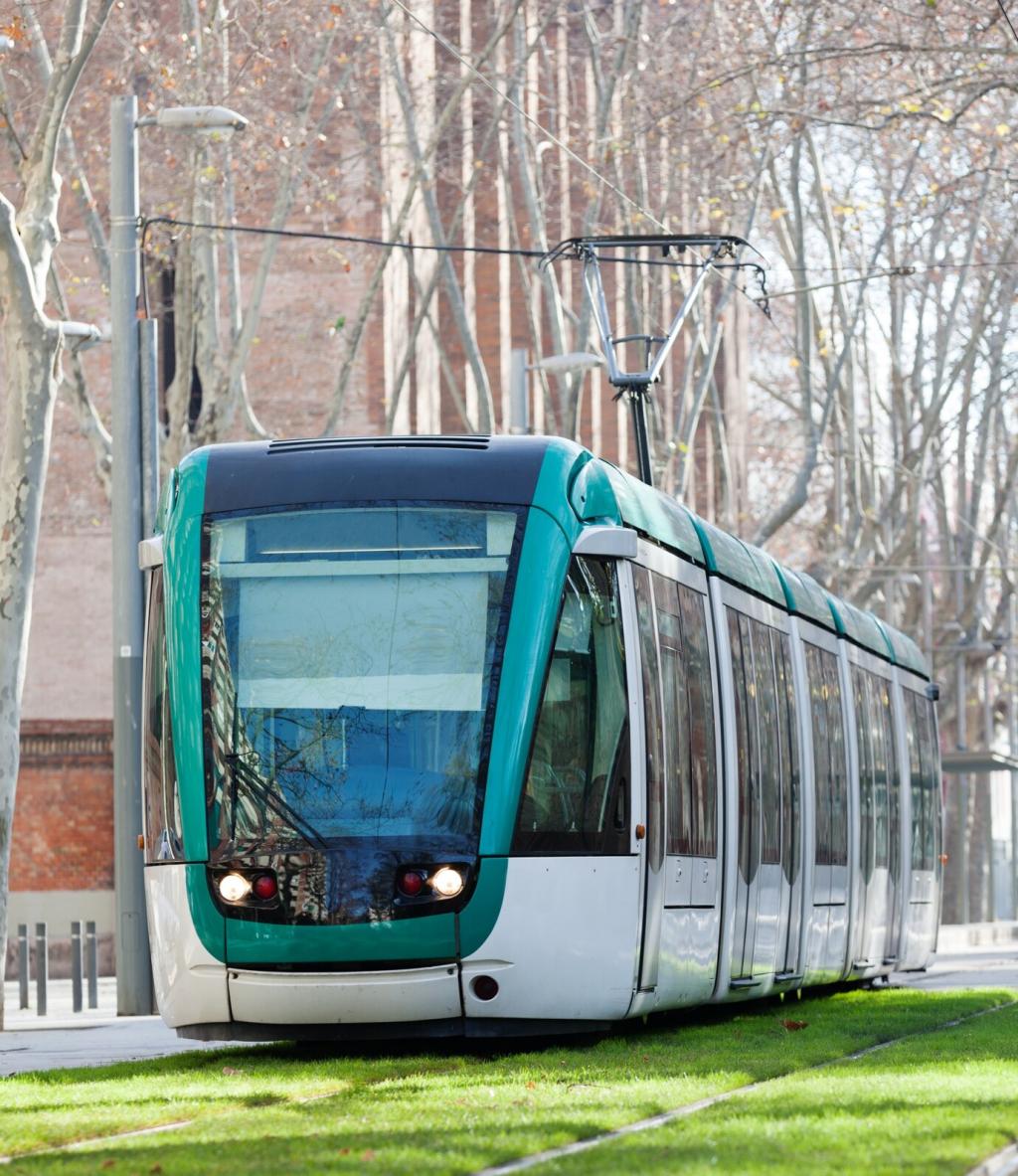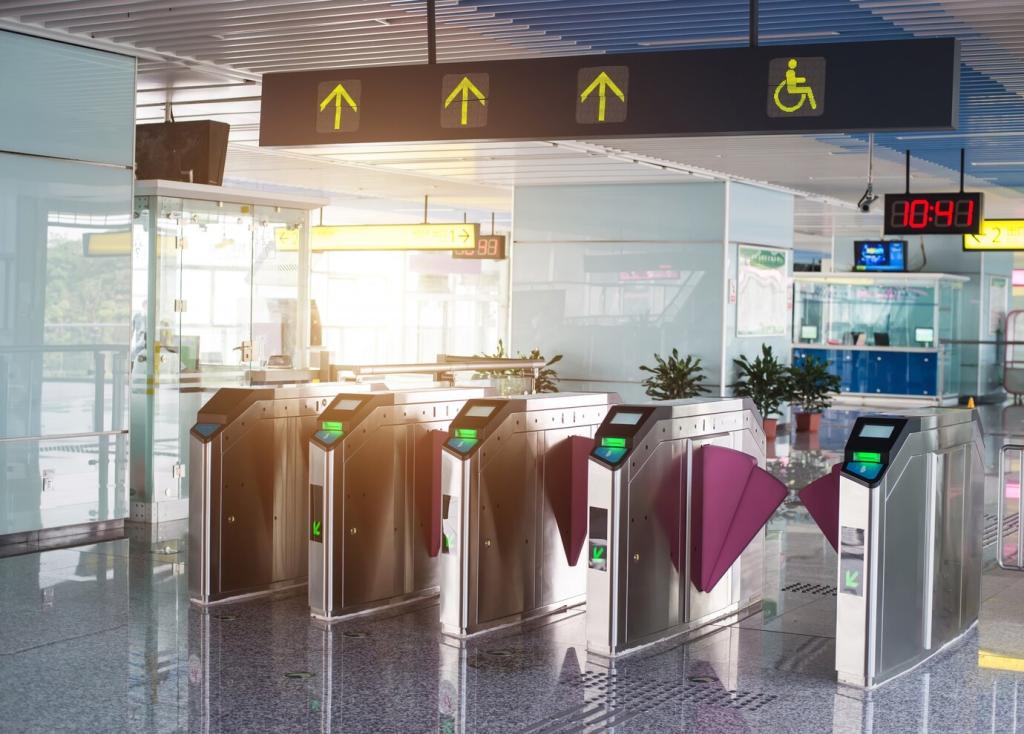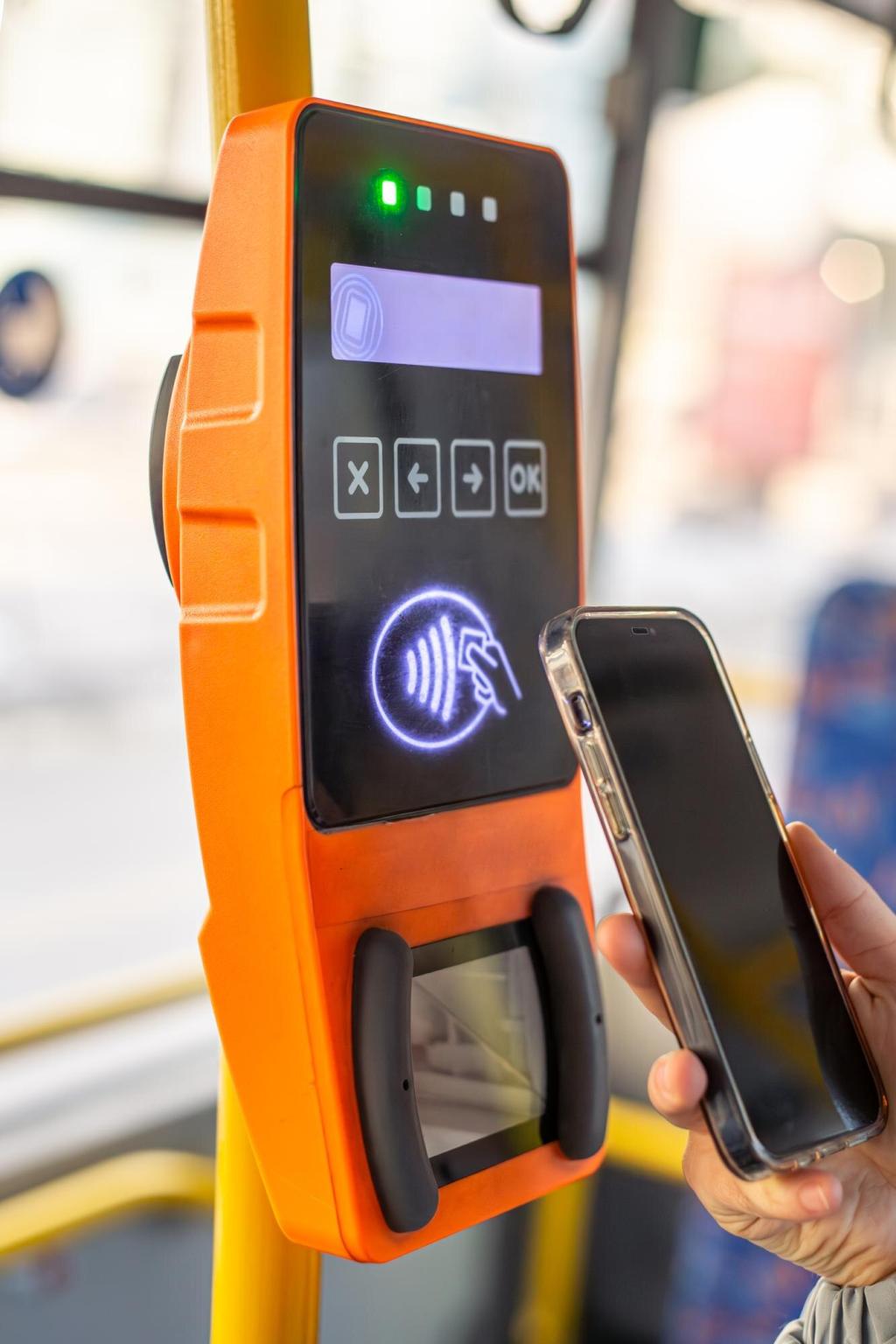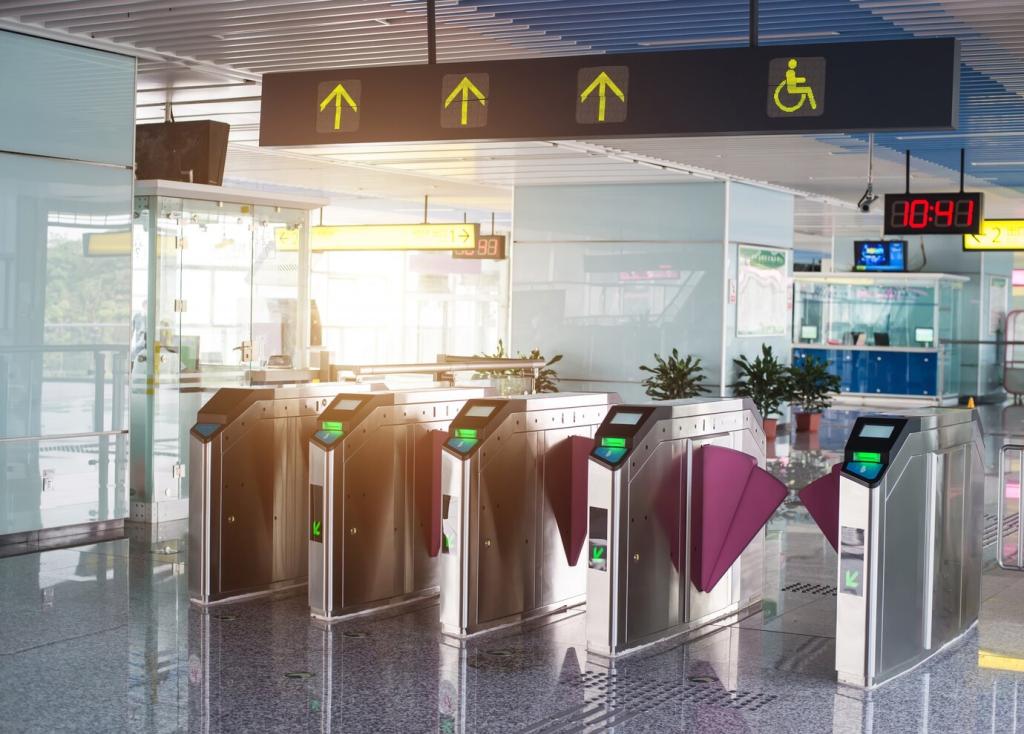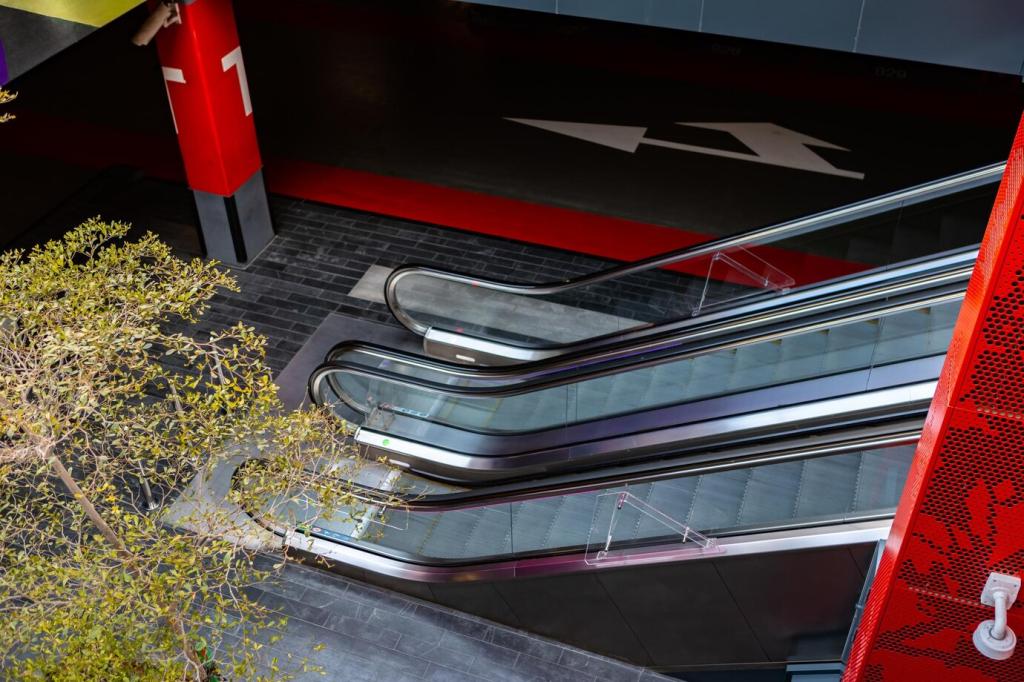Balancing Power: Smart Energy and Grid Harmony
Power is allocated in real time based on vehicle needs, connector capabilities, and grid signals. A van topping up for a quick route gets swift DC priority while longer-stay commuters use AC efficiently. This balance reduces wait times and simplifies station operations.
Balancing Power: Smart Energy and Grid Harmony
On sweltering afternoons or snowy mornings, battery storage buffers surges, protecting the grid and maintaining steady charging. One station manager told us their on-site battery turned potential slowdowns into non-events. Would storage change your charging habits? Let us know.
Balancing Power: Smart Energy and Grid Harmony
Real-time analytics forecast demand, detect malfunctioning cables, and schedule maintenance before downtime occurs. By learning local patterns—school runs, shift changes, weekend trips—hybrid stations optimize availability. What metrics matter to you most: uptime, speed, or accuracy? Share your priorities.
Balancing Power: Smart Energy and Grid Harmony
Lorem ipsum dolor sit amet, consectetur adipiscing elit. Ut elit tellus, luctus nec ullamcorper mattis, pulvinar dapibus leo.

